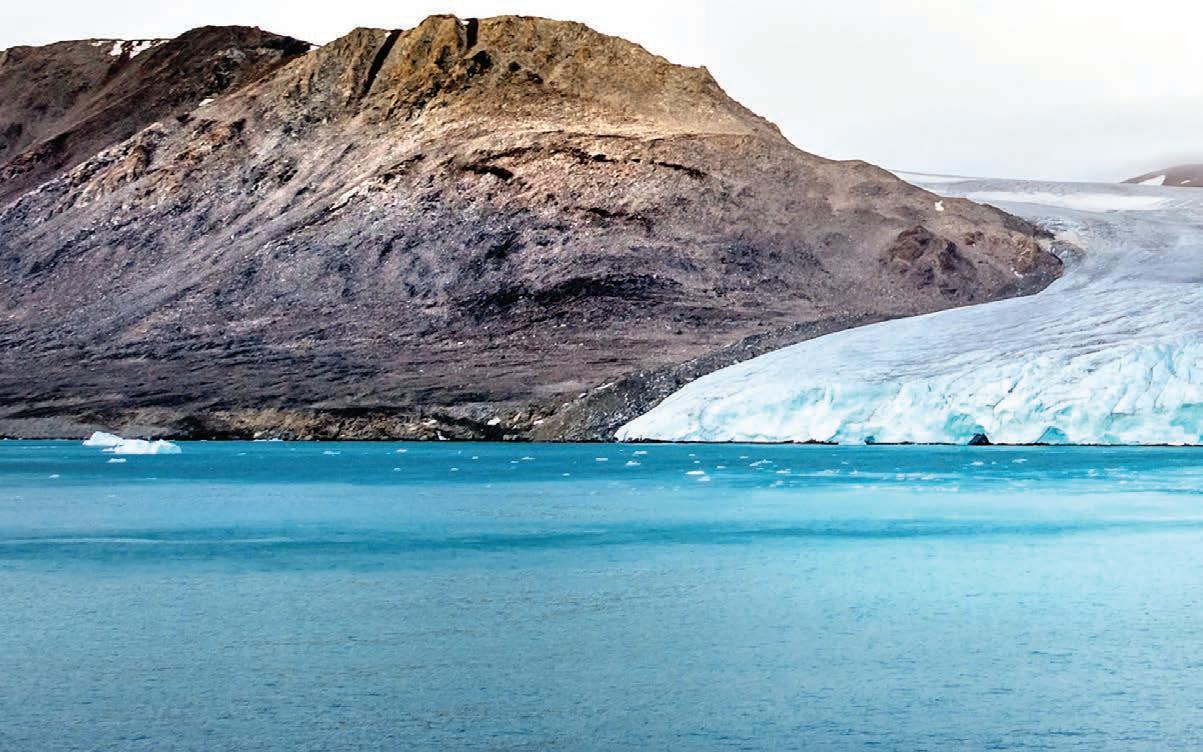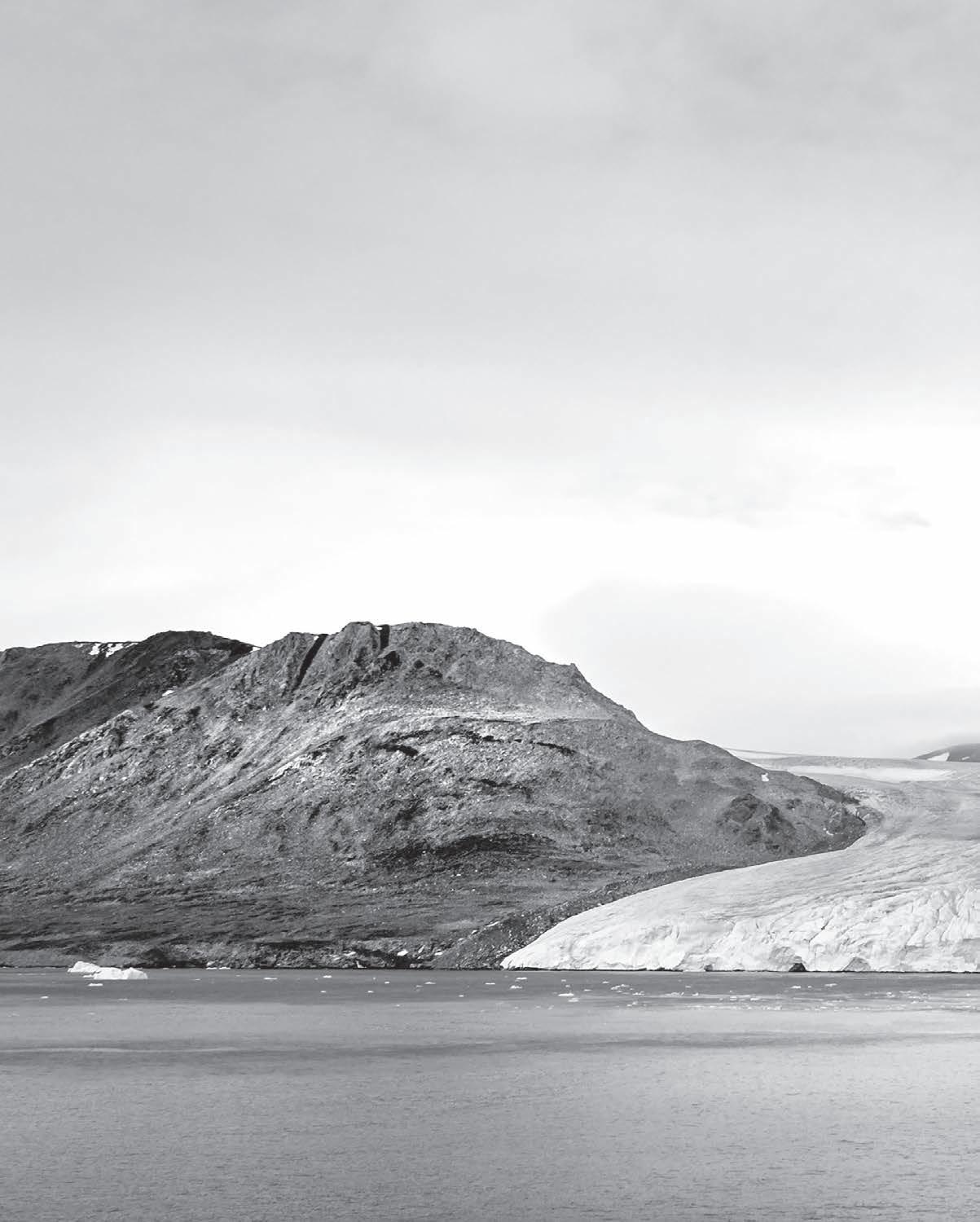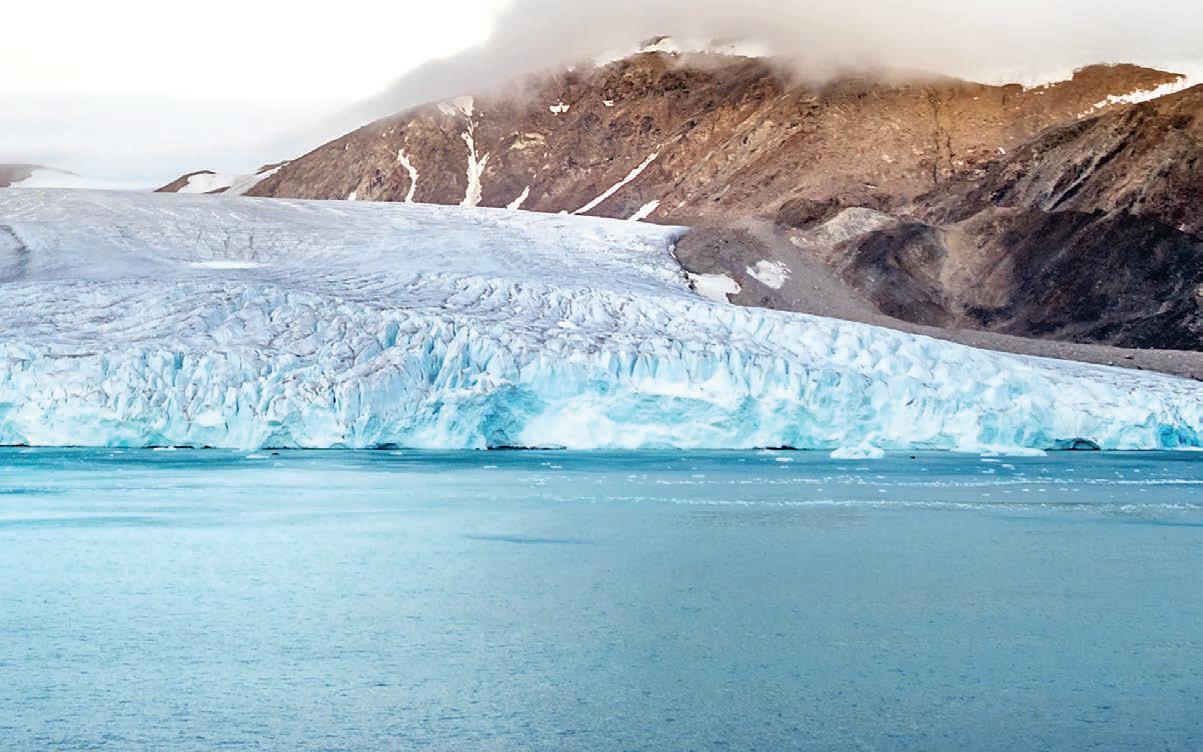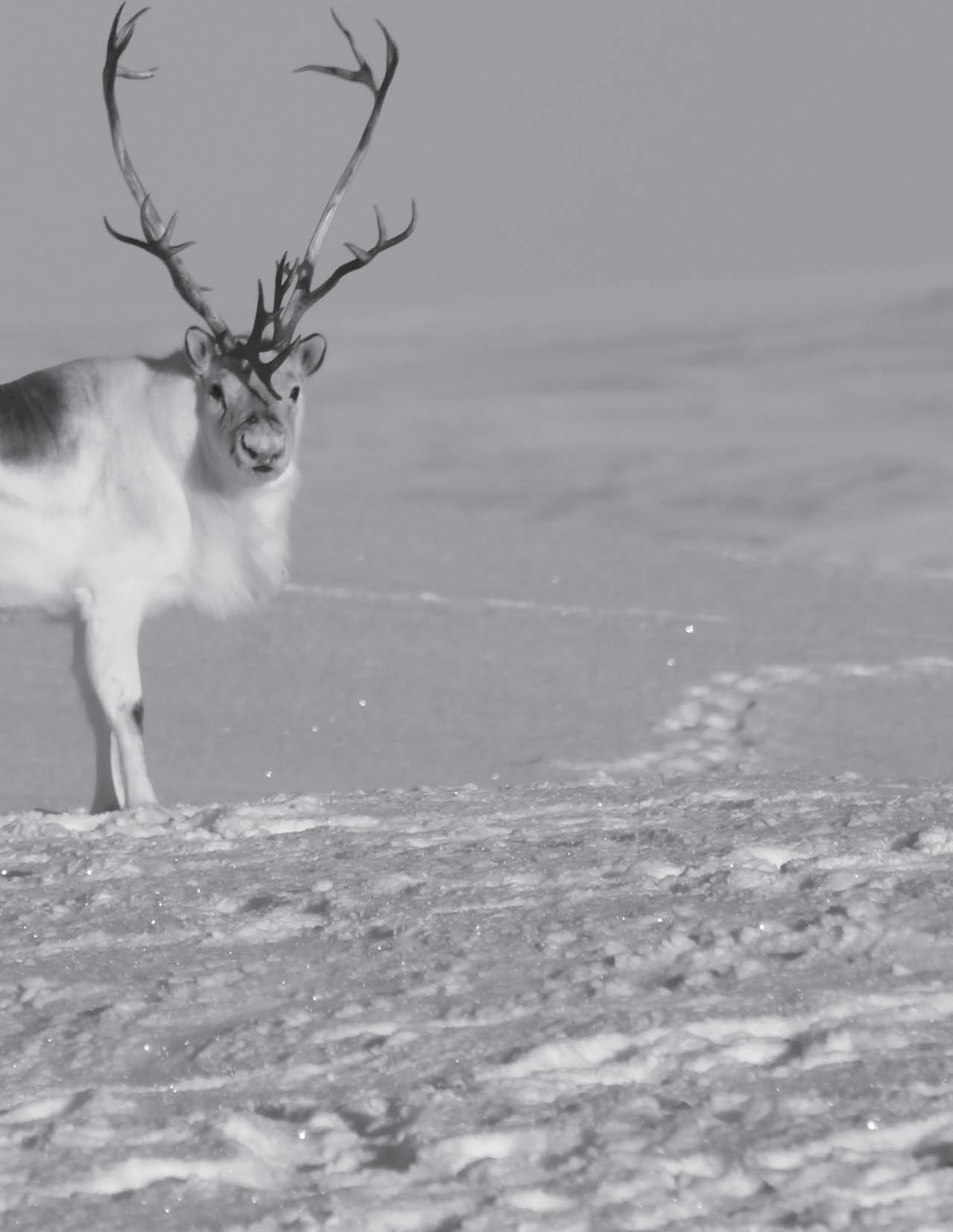




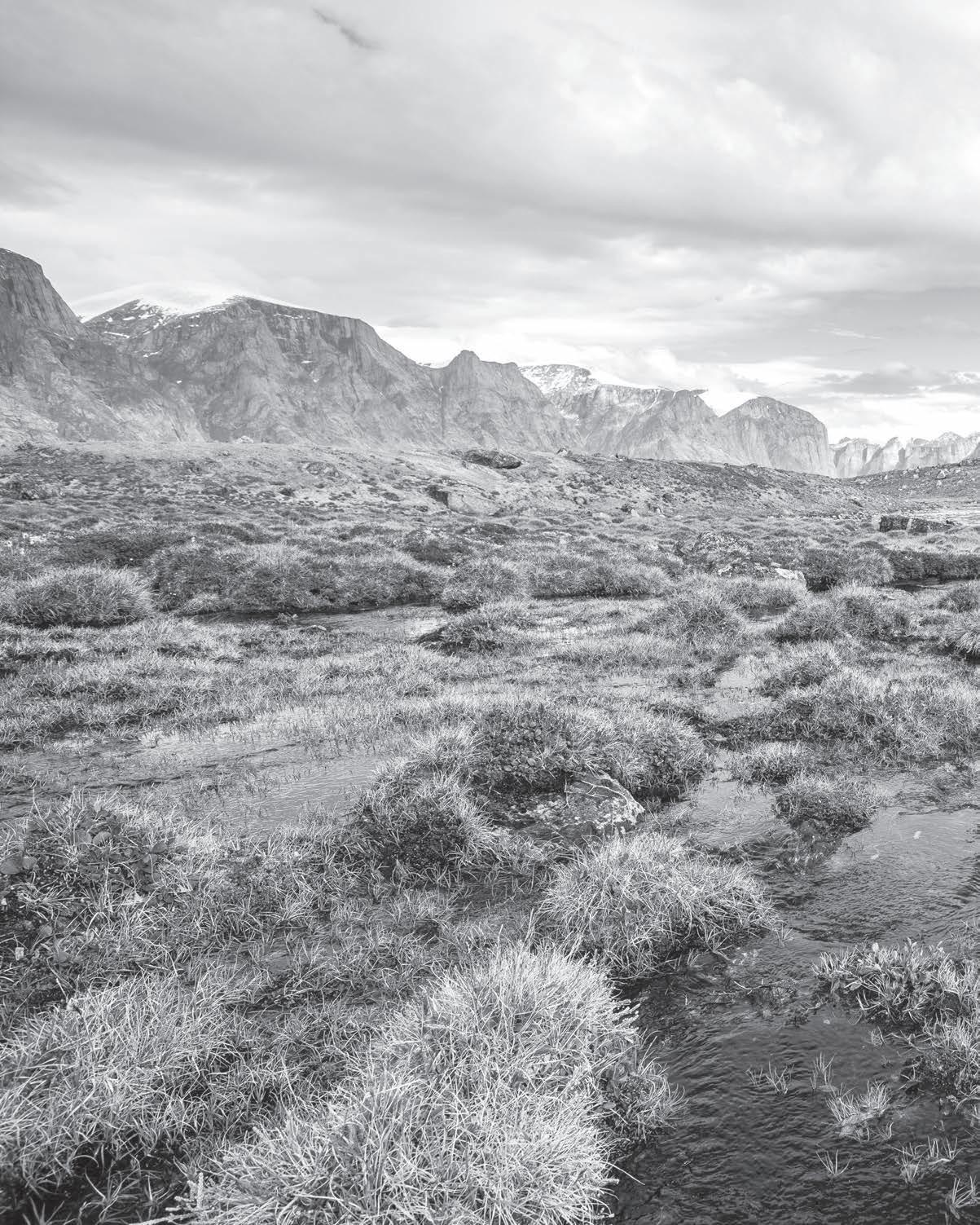
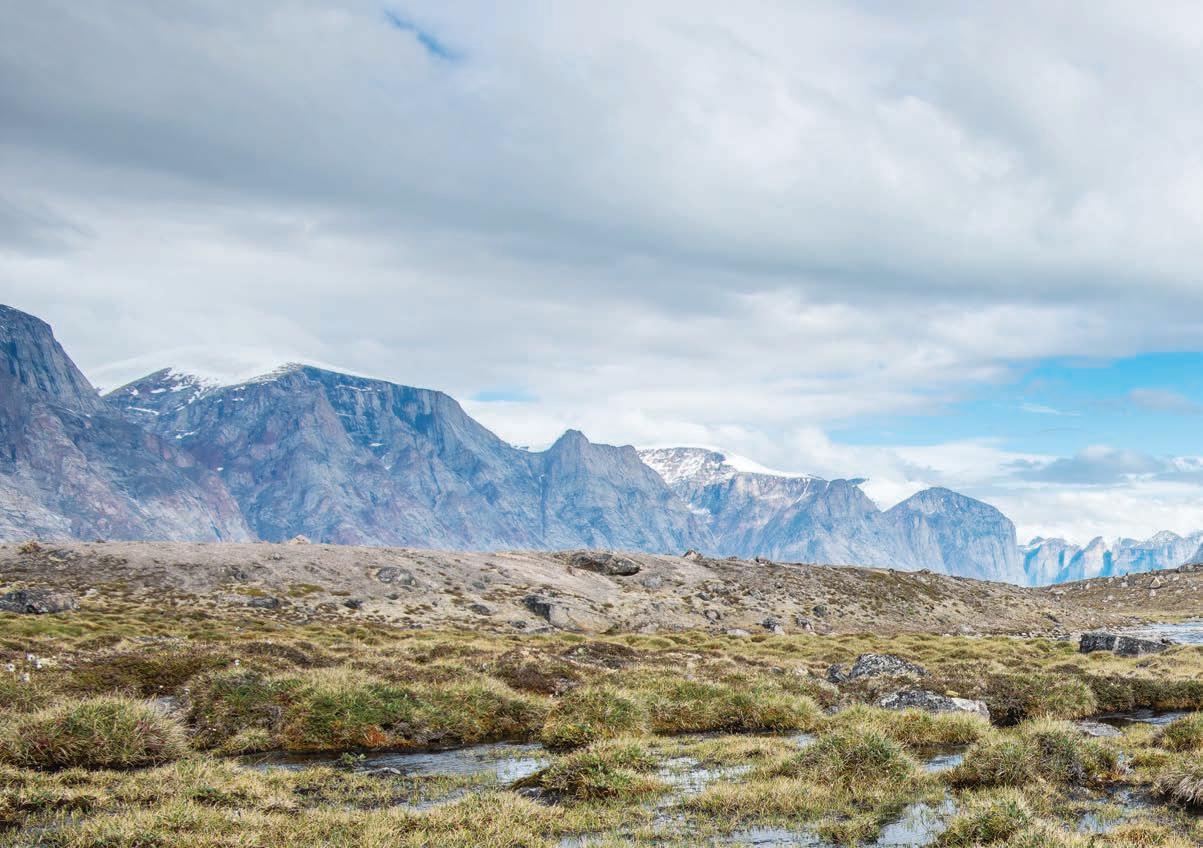
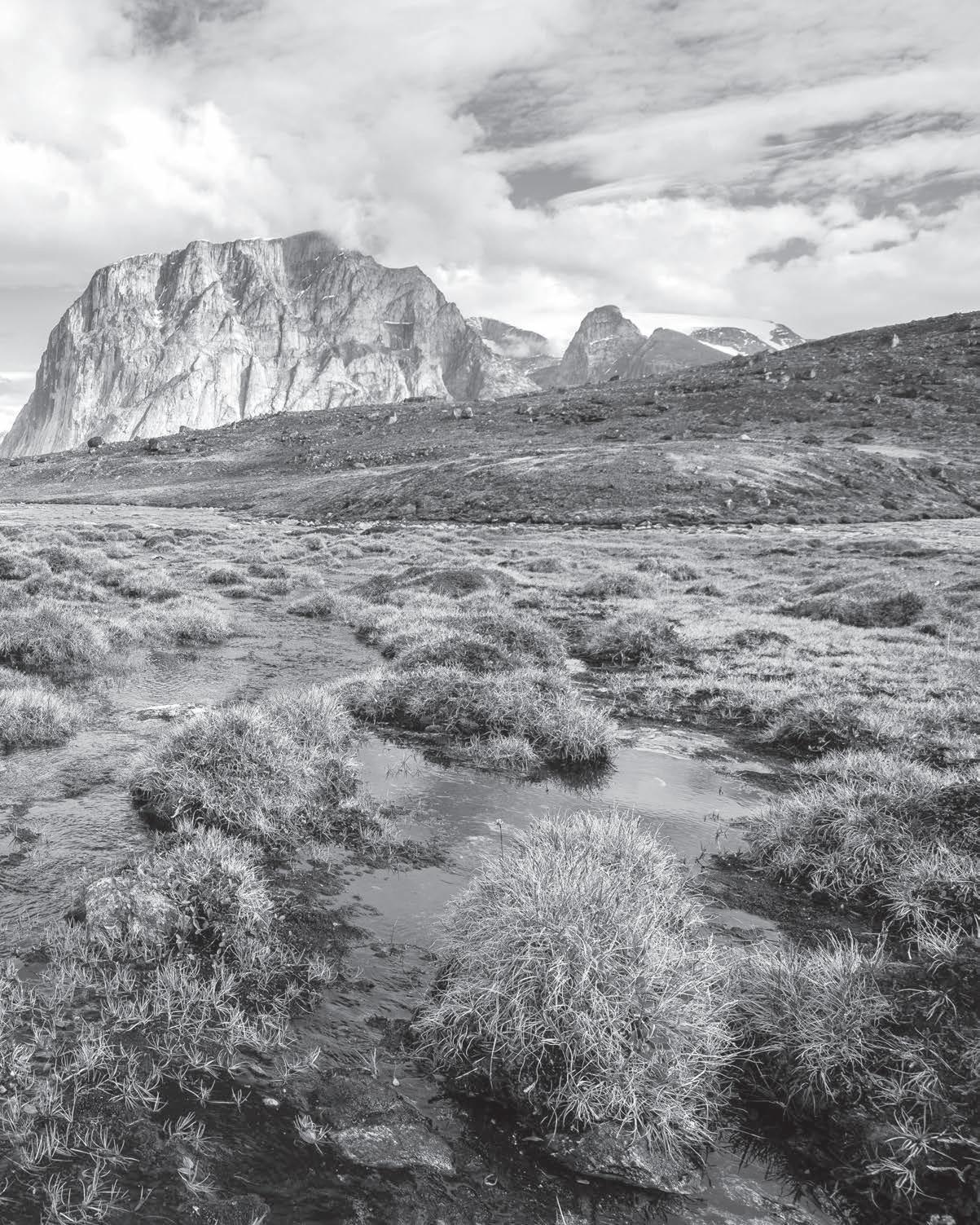


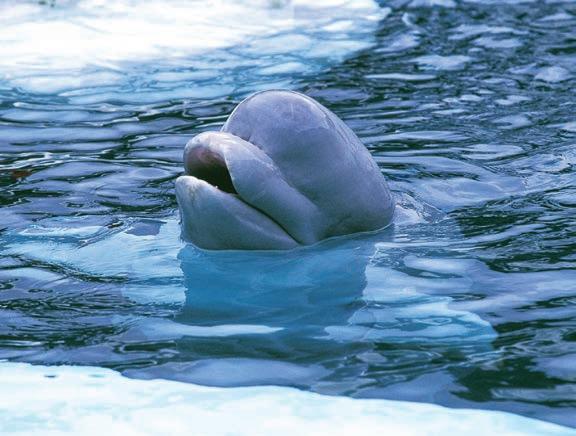
We are proud to present this 2024-2029 strategic plan for the Nunavut Wildlife Management Board (NWMB) . As caretakers of wildlife in Nunavut our mission is to manage wildlife guided by conservation principles, while honouring the vital role of Inuit in harvesting, to ensure the well-being of current and future generations in Nunavut
These are exciting times for Nunavut As we embark on this strategic plan, the Territory of Nunavut is moving towards implementation of the Nunavut Lands and Resources Devolution Agreement (Devolution) in 2027 . The governance landscape is changing, marking a significant milestone in our journey towards greater autonomy and self-determination for Nunavut In a world marked by rapid societal, technological, and environmental transformations, this strategic plan underscores our dedication to our mandate
As we developed this strategic plan, we reflected on what the NWMB wants to achieve and took inspiration from Inuit Qaujimajatuqangit, as Inuit Qaujimajatuqangit is fundamental in guiding the approaches and decisions of the Board . The process included discussions with our co-management partners, who play an important role in wildlife management alongside the NWMB This plan provides a path that NWMB will use as a guide over the next 5 years . This plan is guided by the principles of working together, making informed decisions, transparency and dedication .
In the pages that follow, we invite you to learn about our strategy for facing the challenges and opportunities coming our way We acknowledge the possibility of change, and we remain prepared to adapt our plan as necessary
This strategic plan is a promise to work with our co-management partners and Nunavummiut to strive to maintain and protect wildlife populations for the next generations
Sincerely,
Daniel Shewchuk
Jason Akearok Chairperson Executive Director

This page shows an overview of our plan You can learn more about each part on the next pages
Respectful work environment
Recruitment and retention
Inuit Qaujimajatuqangit expertise and knowledge
Trust within Inuit communities
Managing wildlife, guided by conservation principles, honouring the key role of Inuit in harvesting, for the well-being of current and future generations in Nunavut
Cooperative wildlife management through Inuit leadership .
• Working together
• Making informed decisions
• Remaining open and transparent
• Being dedicated
Emphasize Article 5 responsibilities
Implement Basic Needs Levels
Good governance practices
New generations of Inuit leaders
Nunavut covers one-fifth of Canada – over 2 million km² . This vast territory stretches across a diverse landscape, encompassing three main geographical regions: the Arctic Archipelago, the mainland, and the Arctic Coastal Plain The Arctic Archipelago, a collection of over 36,000 islands, dominates the northern part of Nunavut, boasting an extensive coastline .
In January 2024 the Nunavut Lands and Resources Devolution Agreement was signed, representing a significant milestone in the journey toward Nunavut’s autonomy This transformative agreement shifts the responsibilities concerning public lands, natural resources, and water rights from the federal jurisdiction under the Government of Canada to Government of Nunavut . The Nunavut Wildlife Management Board commends the work done by the federal and territorial government to arrive at this milestone and is excited for Nunavut’s future
As the devolution process unfolds, key Institutions of Public Government (IPGs) such as the Nunavut Planning Commission, the Nunavut Impact Review Board (NIRB), the Nunavut Water Board and the Nunavut Surface Rights Tribunal will undergo adjustments in their structure and operations Changes to the method of appointment and membership within these organizations are poised to reflect the changing landscape of governance although it is not yet clear whether adjustments to the NWMB structure or governance will need to be made
While devolution primarily focuses on land, water, and natural resources, land and water habitats are interconnected with wildlife The NWMB remains committed to its mandate of sustainable wildlife management including collaborating closely with other IPGs as the governance landscape evolves .
Wildlife moves across these Northern landscapes not concerned with human borders that cross its ecosystems . Wildlife is an essential component of the complex Arctic biomes From caribou to seals, narwhals, polar bears etc we learn different lessons from each species Honouring and caring for these species is how we look after the life and traditions that sustain us . By safeguarding their habitats, we not only ensure that our children and grandchildren can have access to these incredible species, but we also learn more about how all living things are connected

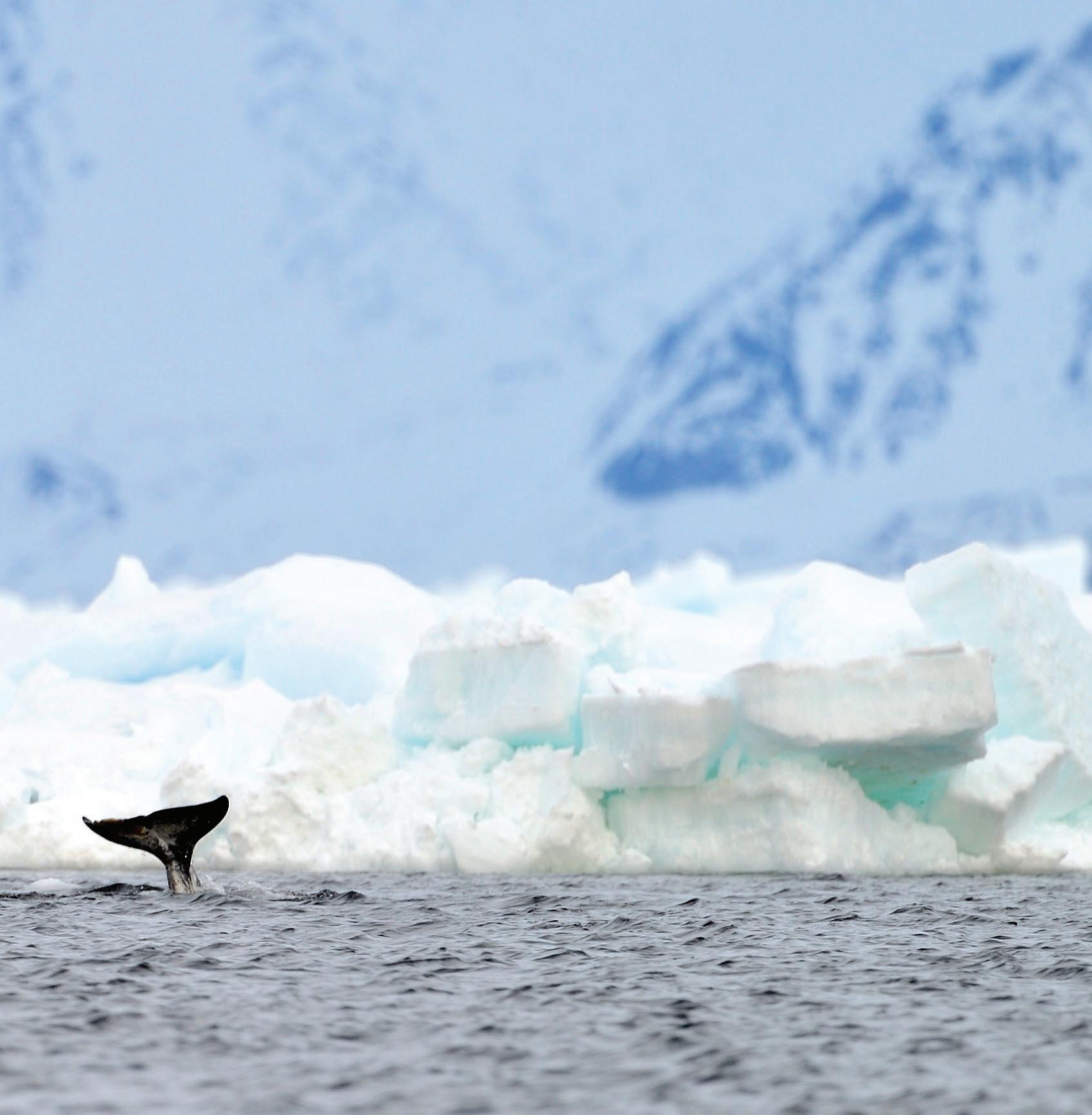
The NWMB was created in 1994 after the signing of the Nunavut Agreement (NA) which established Nunavut as a territory in 1999 . The Board’s mandate is to manage wildlife in Nunavut by combining Inuit Qaujimajatuqangit with modern science
The NWMB has several duties assigned to it through the Nunavut Agreement under Article 5 including mandatory functions (outlined in Section 5 .2 .33), discretionary functions (outlined in Section 5 2 34), and research functions (outlined in Sections 5 2 37 and 5 2 38)
Informing these functions are the principles and objectives contained in Sections 5 .1 .2 and 5 .1 .4 of the Nunavut Agreement Read more about Article 5 and the Nunavut Agreement
The NWMB performs the following primary functions:
• Participating in or facilitating wildlife research
• Conducting a wildlife harvest study from time to time
• Rebutting presumptions as to need
• Establishing, modifying, or removing levels of total allowable harvest
• Establishing and/or adjusting the basic needs level
• Allocating resources from the surplus to other residents and to existing operations
• Making recommendations as to allocation of the remaining surplus
• Establishing, modifying or removing non-quota limitations and
• Any other function required by the Nunavut Agreement and not specifically referred to above
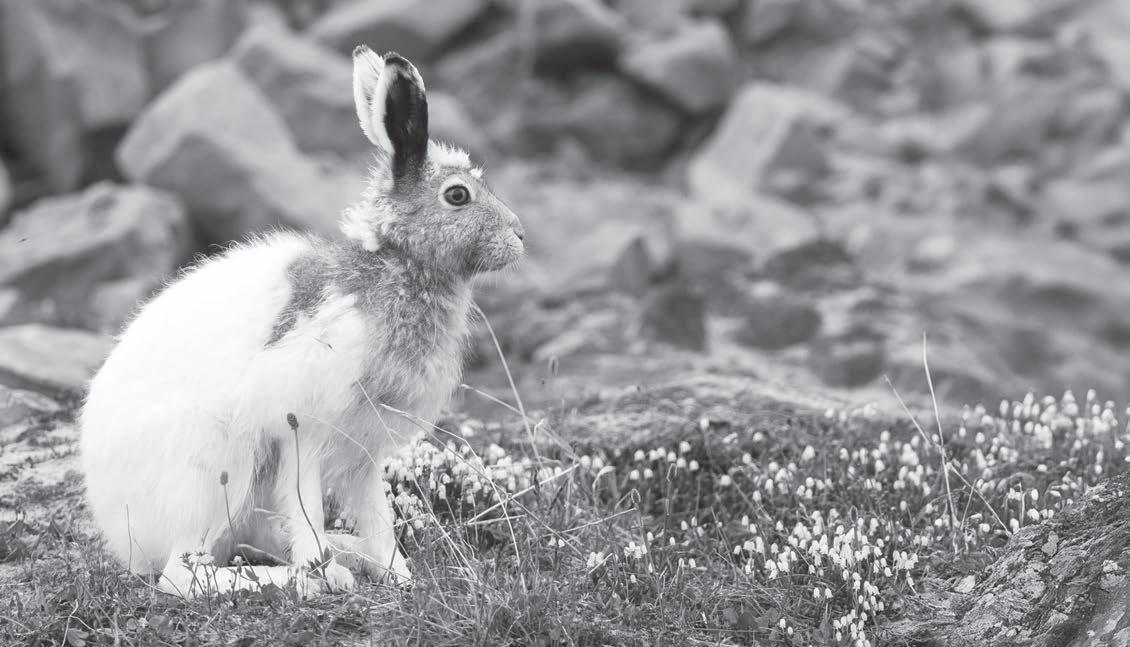

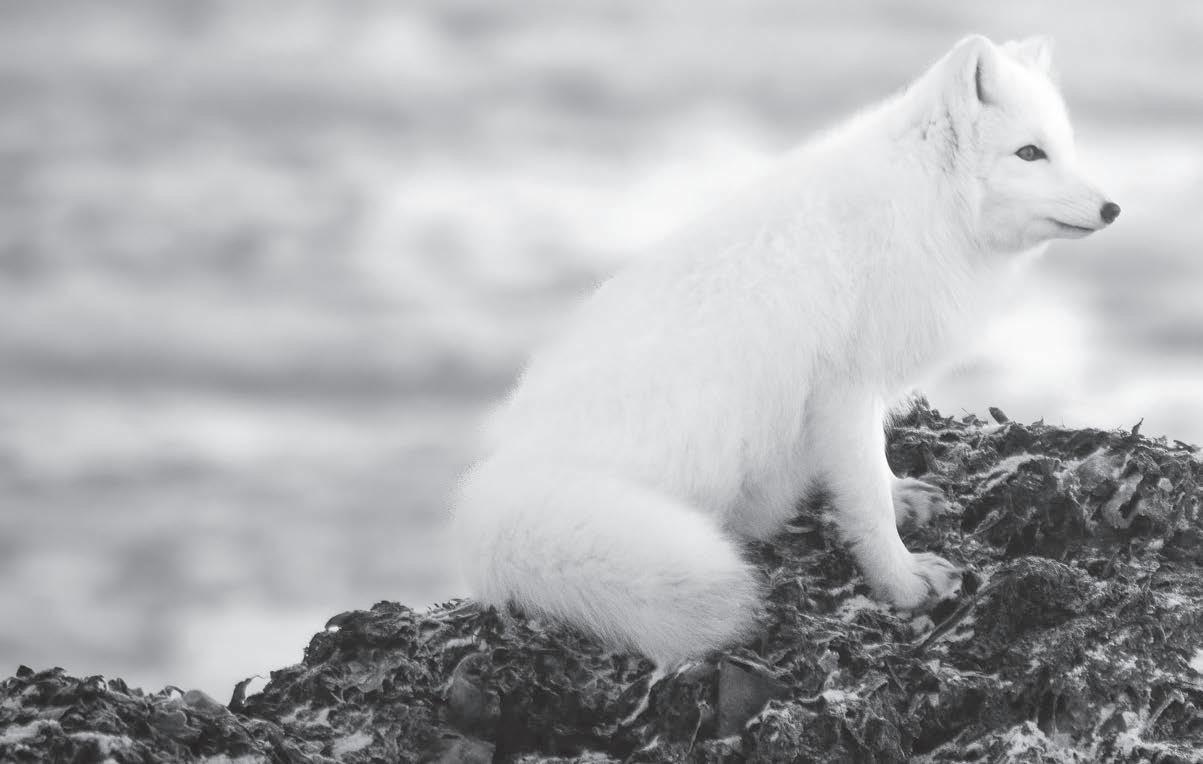

The NWMB Board is made up of nine (9) members appointed for a period of four (4) years
The Governor in Council appoints the NWMB Chairperson based on nominations from the NWMB . Board members are appointed by:
• Governor in Council based on the advice of the Minister responsible for fish and marine mammals (i e , Fisheries and Oceans Canada)
• Governor in Council based on the advice of the Minister responsible for the Canadian Wildlife Service (i e , Environment and Climate Change Canada)
• Governor in Council based on the advice of the Minister of Crown-Indigenous Relations and Northern Affairs Canada in consultation with the Commissioner-inExecutive Council
• Commissioner-in-Executive Council (i e , Government of Nunavut)
• Nunavut Tunngavik Incorporated
• Kivalliq Inuit Association
• Qikiqtani Inuit Association
• Kitikmeot Inuit Association
All decisions of the NWMB are decided by a majority of votes cast and are required to have a quorum of members (i e , 5 members) All members of the NWMB have a vote, except the Chairperson; the Chairperson only votes to break a tie


The co-management process with respect to wildlife is a system of partnerships where partners assist the NWMB with decision making, conducting and commissioning research, and providing approvals, advice, recommendations and information In this process, there are partnerships between the NWMB and the federal and territorial governments, the NWMB and Inuit, and between government and Inuit . The keys to success in such a process are communication and cooperation
Our Co-Management Partners fall into the following groups:
• Regional Wildlife Organizations and Hunters and Trappers Organizations
• Nunavut Tunngavik Inc
• Regional Inuit Organizations
• Government
• Nunavut Institutions of Public Governments
With Devolution coming in April 2027, some of our partners will see changes to their responsibilities and structures The NWMB is committed to continuing to work with its partners through this transition .
Learn more about our co-management partners and the co-management process
Understanding the importance of teamwork in wildlife conservation, the Nunavut Wildlife Management Board knows it can’t achieve its goals alone To carry out its strategic plan, NWMB relies on the help and support of many partners This can be visible in the following ways:
The NWMB values the wisdom of its Board members, who provide guidance and direction .
Enabling factors for a strategic plan for the NWMB go beyond the partnerships mentioned above . They involve various aspects that facilitate the execution and success of its strategic initiatives Here are some additional enabling factors:
The NWMB understands how the housing crisis affects the hiring and retention of the right people . Although this plan has a strategy surrounding recruitment, we recognize the challenging landscape for hiring and retaining staff in Nunavut at this time
The NWMB works closely with government bodies at both territorial and federal levels to navigate the changing policy and regulatory environment .
The NWMB works closely with the regional and hunter organizations to receive regional and local knowledge from people who are directly connected to the land and their wildlife
The NWMB appreciates the expertise and ongoing contributions of its staff
The NWMB prioritizes building strong relationships with co-management partners, fostering open communication and collaboration to address conservation challenges together 1 2 3 4 5
The landscape of governance surrounding land and water resource management is undergoing significant changes with the devolution of responsibilities to the territorial government It is not yet confirmed whether the NWMB’s appointment structure will remain unchanged . Regardless, the organization acknowledges the shifting structures of its stakeholders In response, NWMB remains dedicated to maintaining its collaborative efforts with partners amidst these transitions, ensuring continued effectiveness in its mission
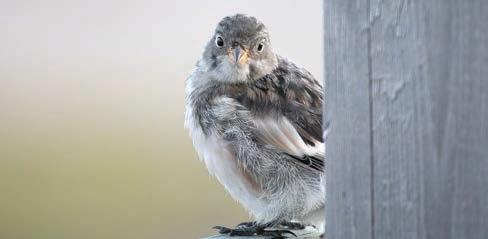
The Mission statement defines the NWMB’s business, its goals and path to reaching those goals and is based on its mandate as defined in the Nunavut Agreement:

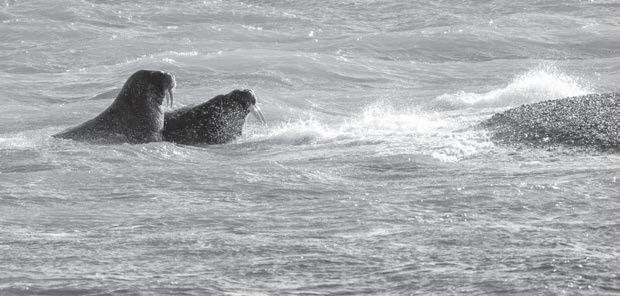
This vision is NWMB’s shared aspiration for the future:
Managing wildlife, guided by conservation principles, honouring the key role of Inuit in harvesting, for the well-being of current and future generations in Nunavut.
What does this mean?
This mission statement brings together key aspects of the NWMB’s mandate:
1 Wildlife Management: This refers to the NWMB’s responsibility for overseeing and regulating wildlife in Nunavut
2 Conservation Principles: This means that the NWMB will follow Inuit traditional knowledge and practices and scientific principles in managing wildlife
3 Role of Inuit in Harvesting: This means the NWMB recognizes and respects the integral role of harvesting wildlife in Inuit communities
4 Well-being of Current and Future Generations: This means the NWMB aims to ensure that wildlife management benefits the people of Nunavut now and in the future
Cooperative wildlife management through Inuit leadership
What does this mean?
This statement emphasizes two key aspects:
1 Cooperative Wildlife Management: This refers to the collaboration between the NWMB, Regional Wildlife Organizations, Hunters and Trappers Organizations, Regional Inuit Associations and Government . It highlights the joint efforts to manage wildlife effectively
2 . Inuit Leadership: This means valuing and integrating guidance from Inuit, Inuit communities and Inuit leaders in wildlife management decision-making
The principles set out in the Nunavut Agreement serve as the Board’s overall guide to action .
The three guiding principles set out in this Strategic Plan commit us to…
• working together
• making informed decisions
• remaining open and transparent and
• being dedicated … as we move forward
These principles translate into observable behaviours in all aspects of our work, including:
Collaborating within the organization and with comanagement partners using diverse perspectives and expertise to find the best way forward .
Gathering data and perspectives, analyzing thoroughly, and evaluating outcomes to understand issues comprehensively before deciding .
Sharing relevant information with partners and the public and actively seeking input and feedback from external stakeholders .
Striving for excellence to meet organizational goals and meeting deadlines through effective time management .

• Develop innovative ways to bring Inuit Qaujimajatuqangit expertise and knowledge into all aspects of the organization .
• Build stronger trust with Inuit communities and help them feel confident about what NWMB does and how it operates .
• Emphasize Article 5 responsibilities and strengthen the efficiency of NWMB actions and decisions
• Implement Basic Needs Levels (BNLs) as mandated in Article 5
• Continue to strengthen good governance practices to enable the organization to deliver on its mandate and responsibilities
• Support a new generation of Inuit leaders engaged in wildlife management
• Build a respectful work environment in which every team member can actively contribute and is supported
• Be strategic and creative in recruitment and retention
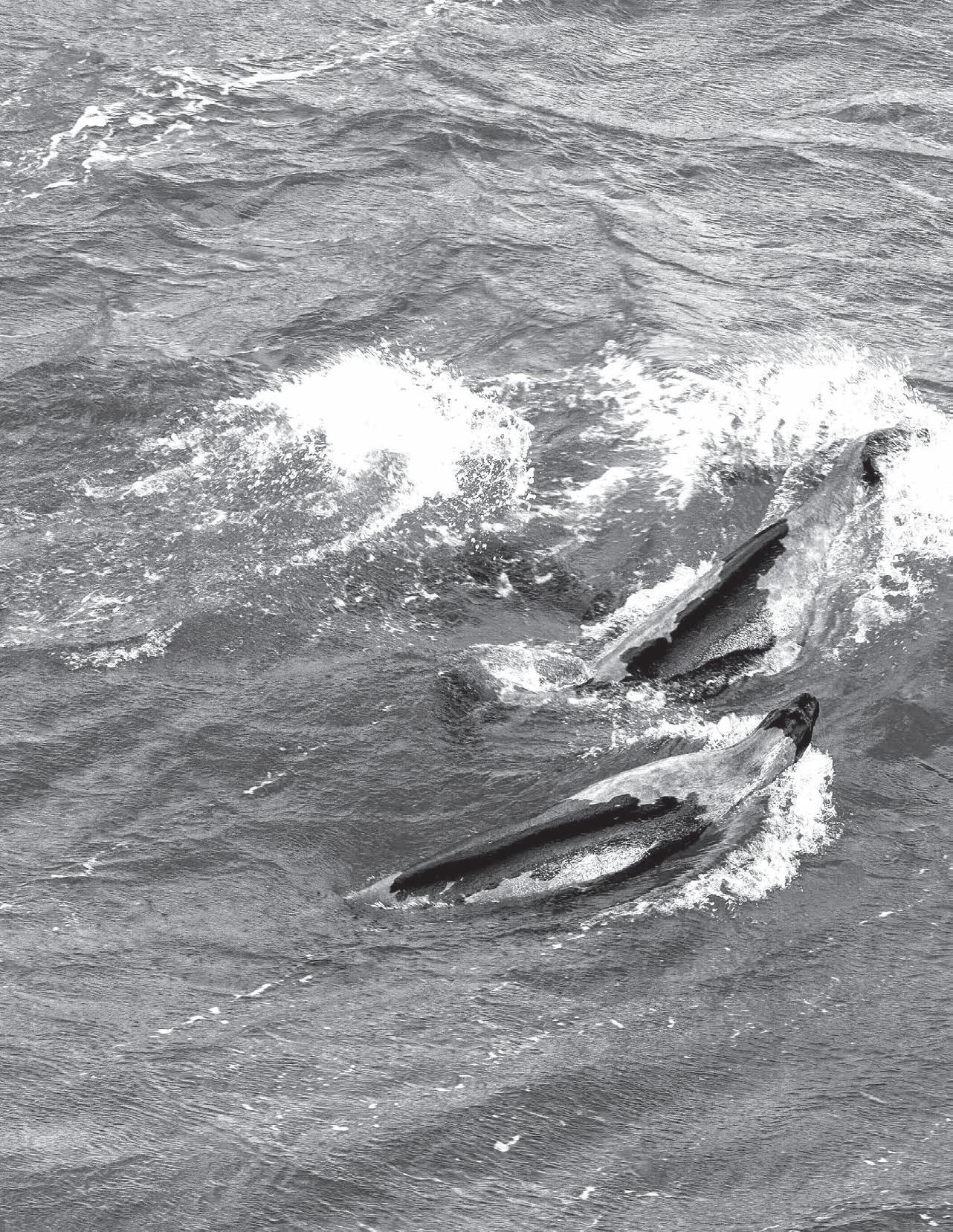

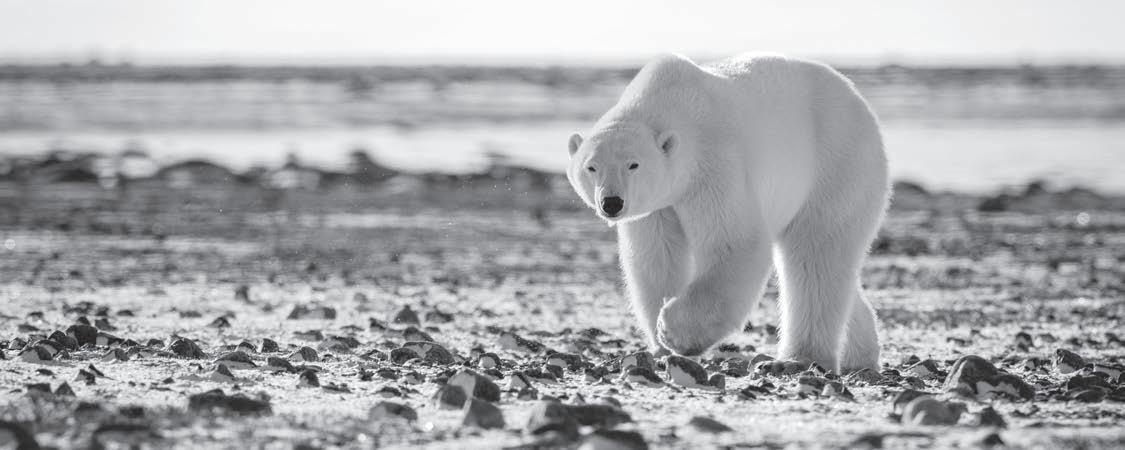

Develop innovative ways to bring Inuit Qaujimajatuqangit expertise and knowledge into all aspects of the organization.
Integrating Inuit Qaujimajatuqangit into operations is key . This includes considering Inuit knowledge in decision-making as well as in our day-to-day work Due to general recruitment challenges, filling a full-time Director of Inuit Community Engagement and Knowledge position remains a challenge . We will explore innovative ways to embed Inuit Qaujimajatuqangit in the organization, including through knowledge and perspective sharing
Actions under this strategy may include:
• Build direct relations with the Regional Wildlife and Hunter and Trapper Organizations
• Consider ways for Inuit Qaujimajatuqangit to be brought into the organization
• Explore actions for HTOs and RWOs (and other community groups/ organizations) to bring in their Inuit Qaujimajatuqangit knowledge
Build stronger trust with Inuit communities and help them feel confident about what NWMB does and how it operates.
Active collaboration with local communities is key . Successful collaboration is built on trust. Yet the mandate and responsibilities of the NWMB are not always clear for partners and Inuit . This leads to unrealistic expectations or misunderstood decisions We will focus on helping others understand our work .
Actions under this strategy may include:
• Increase regional presence across Nunavut
• Develop an external communications plan
• Upgrade the NWMB website, including in Inuktut


Continue to strengthen good governance practices to enable the organization to deliver on its mandate and responsibilities.
Board decisions are only as strong as the Board itself We must strive to ensure Board members carry a combination of relevant competencies Also, to make sound and respected decisions, we must facilitate the sharing of perspectives between staff, Board members, communities and HTOs/RWOs . We will work on finding a meeting ground between Inuit Qaujimajatuqangit and Western scientific knowledge
Actions under this strategy may include:
• Develop policies for meeting preparation
• Hold a terminology workshop for Board and staff
• Clearly explain responsibilities of Board and staff
• Provide staff training (based on roles and responsibilities)
• Provide clear recommendations to the Board appointing agencies on needs for a diversity of competencies and representativity
• Create subject-specific resources for translators and interpreters
Support a new generation of Inuit leaders engaged in wildlife management.
We must foster the emergence of future leaders in Inuit wildlife management to ensure a sustainable future for wildlife in Nunavut We will engage with youth and fortify partnerships needed for effective conservation efforts
Actions under this strategy may include:
• Engage emerging and existing Inuit leaders across Nunavut in various sectors
• Engage and teach youth about wildlife management and NWMB mandate and activities
• Engage with communities and target youth
• Have a youth representative on the Board
• Engage with youth in colleges to teach about the work of the NWMB
• Establish collaborations with HTOs to increase awareness of wildlife management with youth

Emphasize Article 5 responsibilities and strengthen the efficiency of NWMB actions and decisions.
In the past, the Board has heard issues which are not core to our mandate This diverts time and effort away from what is key: issues tied to Inuit rights as per Article 5 We will strive to hear what stakeholders bring forward but remain clear on our procedures and rules
Actions under this strategy may include:
• Define NWMB priorities as based on Article 5 and communicate these priorities
• Create, communicate and implement clear rules and procedures
• Modify rules of procedure to ensure informed decision-making
Implement Basic Needs Levels (BNLs) as mandated in Article 5.
Article 5 of the Nunavut Agreement lays out responsibilities for the NWMB in calculating BNLs BNLs are the reserved Inuit harvest within a Total Allowable Harvest limitation, and as such are the basis of informed decisionmaking The calculating of BNLs has been delayed by discussion and debate with partners over the years However, we are committed to this work and will communicate this focus to manage expectations
Actions under this strategy may include:
• Set and communicate the way in which NWMB proposes to calculate BNLs in coming years for various populations and stock
• Manage expectations with comanagement partners
• Communicate with impacted HTOs to give them an opportunity to provide their input

Build a respectful work environment in which every team member can actively contribute and is supported.
Collaboration amongst staff is key . We will create an inclusive environment where every person’s work is valued and recognized . We will improve internal communication, coordination and synergies between all functions of the Board .
Actions under this strategy may include:
• Hold all-staff meetings
• Create a safe space and resources for staff
• Better coordinate and communicate amongst the staff
• Ensure solid internal communications
• Provide staff specific training (based on roles and responsibilities)
• Implement internal planning and time management tools
• Reflect and prepare for succession planning
Be strategic and creative in recruitment and retention.
Hiring and retaining staff is an ongoing challenge We will be innovative in hiring practices and employee retention strategies . We will strive to be a people-focused organization Although the NWMB is not required to abide by Article 23, we will strive for a representative workforce
Actions under this strategy may include:
• Establish mentorship programs
• Implement employee recognition programs
• Explore professional development opportunities
• Review and upgrade hiring processes
• Provide mentoring to Inuit staff to help with their integration and evolution in their roles
• Develop a policy for a representative workforce
To track progress according to this strategic plan, the NWMB will develop an implementation plan The implementation plan will serve as a roadmap, guiding our day-to-day activities and resource allocation to align seamlessly with our strategic objectives However, while tracking progress is integral to our success, we also acknowledge the importance of maintaining flexibility . Our operational landscape is dynamic, subject to constant change, necessitating adaptability in our approach
Moving forward, we will act on the strategies developed in collaboration with our co-management partners as we navigate through challenges and external forces that may influence our progress . The NWMB remains dedicated to fulfilling its mandate and the mission outlined in this strategic plan .
